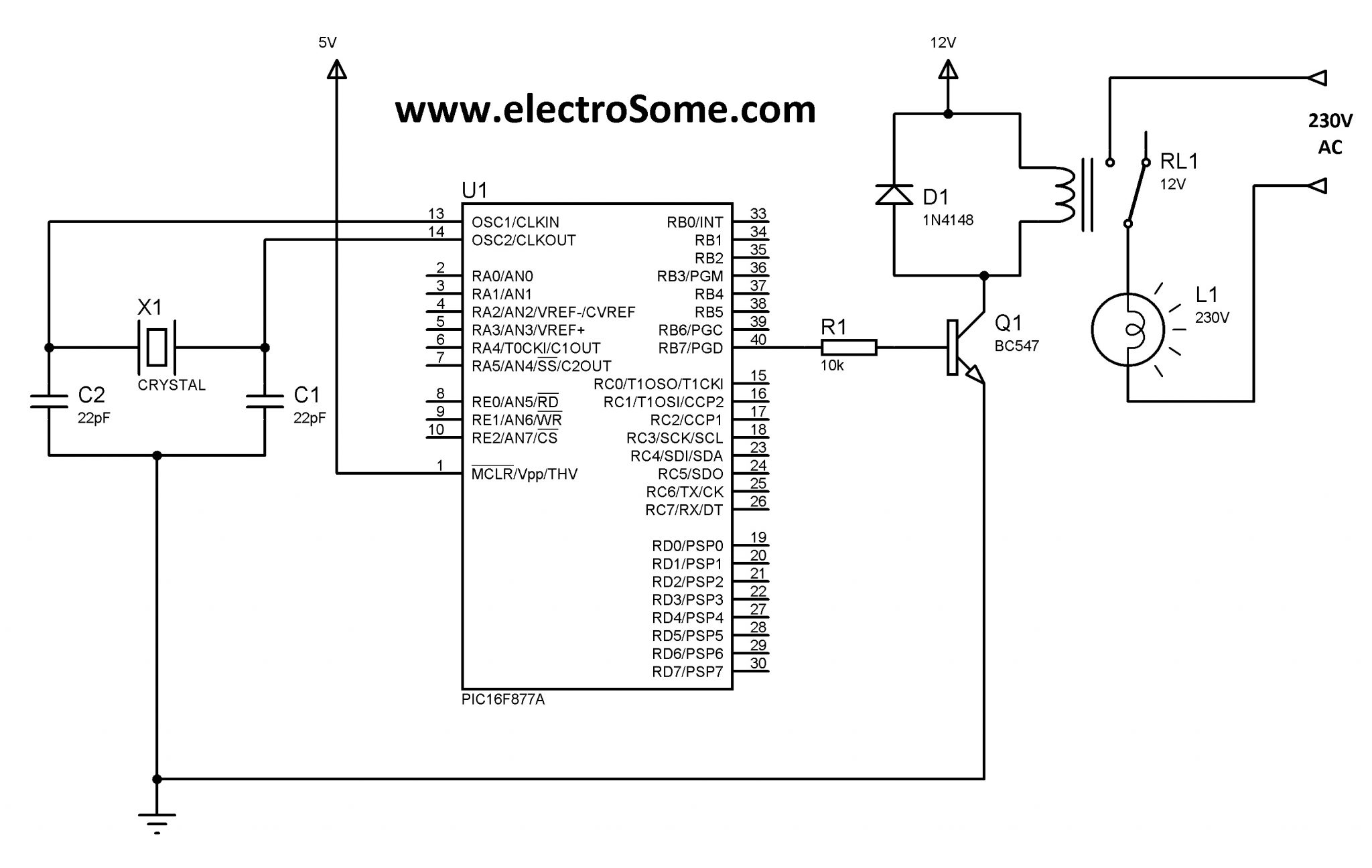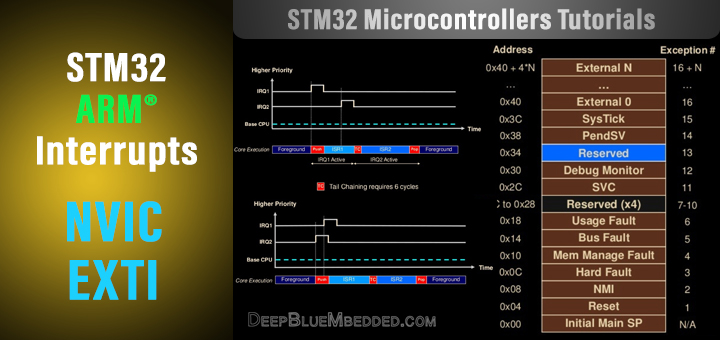Best Way to Measure Pulse Width Using an STM32
Are you looking for the most effective way to measure pulse width using an STM32 microcontroller? Look no further! In this article, we will explore the best practices and techniques to accurately measure pulse width with an STM32 device. Whether you are a beginner or an expert in microcontroller programming, this guide will provide you with valuable insights and tips to optimize your pulse width measurement process.
Measuring pulse width is a crucial task in many applications, such as robotics, signal processing, and communication systems. The STM32 microcontroller offers a versatile platform for pulse width measurement due to its high-performance capabilities and advanced features. By following the steps outlined in this article, you can ensure accurate and reliable pulse width measurements for your projects.
Understanding Pulse Width Measurement
Pulse width is defined as the time duration of a pulse signal, typically expressed in microseconds (µs) or milliseconds (ms). It is essential to measure the pulse width accurately to determine the frequency, duty cycle, and overall behavior of the signal. By measuring the pulse width, you can extract valuable information about the input signal and make informed decisions based on the measured data.
When measuring pulse width using an STM32 microcontroller, it is crucial to consider factors such as signal resolution, sampling rate, and hardware configurations. By optimizing these parameters and following best practices, you can achieve precise and reliable pulse width measurements with your STM32 device.
Methods for Pulse Width Measurement
There are several methods for measuring pulse width using an STM32 microcontroller, each with its advantages and limitations. Some of the commonly used methods include:
- Input Capture Mode: This method utilizes the input capture feature of the STM32 microcontroller to measure the time difference between rising and falling edges of a pulse signal. By capturing the timestamps of these events, you can calculate the pulse width accurately.
- Timer Interrupts: Timer interrupts can be used to measure pulse width by triggering an interrupt at specific time intervals. By counting the number of interrupt cycles, you can determine the pulse width of the input signal.
- External Hardware Counters: External hardware counters can be interfaced with the STM32 microcontroller to measure pulse width with high precision. These counters provide dedicated hardware resources for pulse width measurement, resulting in more accurate and reliable results.
Depending on your application requirements and the complexity of the input signal, you can choose the most suitable method for pulse width measurement with your STM32 device. It is essential to experiment with different methods and optimize your measurement techniques to achieve the best results for your specific use case.
Optimizing Pulse Width Measurement with STM32
To optimize pulse width measurement with an STM32 microcontroller, consider the following tips and techniques:
- Configure Timers and Counters: Set up the timers and counters of the STM32 microcontroller according to your pulse width measurement requirements. Adjust the timer settings, prescaler values, and input capture channels to achieve the desired measurement accuracy.
- Implement Interrupt Service Routines: Use interrupt service routines (ISRs) to handle timer interrupts and input capture events effectively. By writing efficient ISR code, you can ensure timely and accurate pulse width measurements without missing any critical events.
- Calibrate External Hardware: If using external hardware counters for pulse width measurement, calibrate the hardware components to eliminate any potential errors or inaccuracies. Ensure that the external counters are correctly interfaced with the STM32 device to maintain measurement precision.
By following these optimization techniques and experimenting with different measurement methods, you can enhance the accuracy and reliability of pulse width measurements with your STM32 microcontroller. Remember to test your implementation thoroughly and make adjustments as needed to achieve the best results for your application.
Conclusion
Measuring pulse width with an STM32 microcontroller is a critical task that requires careful consideration and optimization. By following the guidelines and techniques outlined in this article, you can improve the accuracy and reliability of your pulse width measurements for various applications. Experiment with different measurement methods, optimize your hardware configurations, and test your implementation rigorously to achieve the best results with your STM32 device.
Remember that pulse width measurement is a fundamental aspect of signal processing and system control, and accurate measurements are essential for achieving optimal performance in your projects. With the right approach and attention to detail, you can master pulse width measurement with an STM32 microcontroller and unlock new possibilities for your applications.
Best Way to Measure Pulse Width Using an STM32
Are you looking for the most effective way to measure pulse width using an STM32 microcontroller? Look no further! In this article, we will explore the best practices and techniques to accurately measure pulse width with an STM32 device. Whether you are a beginner or an expert in microcontroller programming, this guide will provide you with valuable insights and tips to optimize your pulse width measurement process.
Measuring pulse width is a crucial task in many applications, such as robotics, signal processing, and communication systems. The STM32 microcontroller offers a versatile platform for pulse width measurement due to its high-performance capabilities and advanced features. By following the steps outlined in this article, you can ensure accurate and reliable pulse width measurements for your projects.
Understanding Pulse Width Measurement
Pulse width is defined as the time duration of a pulse signal, typically expressed in microseconds (µs) or milliseconds (ms). It is essential to measure the pulse width accurately to determine the frequency, duty cycle, and overall behavior of the signal. By measuring the pulse width, you can extract valuable information about the input signal and make informed decisions based on the measured data.
When measuring pulse width using an STM32 microcontroller, it is crucial to consider factors such as signal resolution, sampling rate, and hardware configurations. By optimizing these parameters and following best practices, you can achieve precise and reliable pulse width measurements with your STM32 device.
Methods for Pulse Width Measurement
There are several methods for measuring pulse width using an STM32 microcontroller, each with its advantages and limitations. Some of the commonly used methods include:
- Input Capture Mode: This method utilizes the input capture feature of the STM32 microcontroller to measure the time difference between rising and falling edges of a pulse signal. By capturing the timestamps of these events, you can calculate the pulse width accurately.
- Timer Interrupts: Timer interrupts can be used to measure pulse width by triggering an interrupt at specific time intervals. By counting the number of interrupt cycles, you can determine the pulse width of the input signal.
- External Hardware Counters: External hardware counters can be interfaced with the STM32 microcontroller to measure pulse width with high precision. These counters provide dedicated hardware resources for pulse width measurement, resulting in more accurate and reliable results.
Depending on your application requirements and the complexity of the input signal, you can choose the most suitable method for pulse width measurement with your STM32 device. It is essential to experiment with different methods and optimize your measurement techniques to achieve the best results for your specific use case.
Optimizing Pulse Width Measurement with STM32
To optimize pulse width measurement with an STM32 microcontroller, consider the following tips and techniques:
- Configure Timers and Counters: Set up the timers and counters of the STM32 microcontroller according to your pulse width measurement requirements. Adjust the timer settings, prescaler values, and input capture channels to achieve the desired measurement accuracy.
- Implement Interrupt Service Routines: Use interrupt service routines (ISRs) to handle timer interrupts and input capture events effectively. By writing efficient ISR code, you can ensure timely and accurate pulse width measurements without missing any critical events.
- Calibrate External Hardware: If using external hardware counters for pulse width measurement, calibrate the hardware components to eliminate any potential errors or inaccuracies. Ensure that the external counters are correctly interfaced with the STM32 device to maintain measurement precision.
By following these optimization techniques and experimenting with different measurement methods, you can enhance the accuracy and reliability of pulse width measurements with your STM32 microcontroller. Remember to test your implementation thoroughly and make adjustments as needed to achieve the best results for your application.
Conclusion
Measuring pulse width with an STM32 microcontroller is a critical task that requires careful consideration and optimization. By following the guidelines and techniques outlined in this article, you can improve the accuracy and reliability of your pulse width measurements for various applications. Experiment with different measurement methods, optimize your hardware configurations, and test your implementation rigorously to achieve the best results with your STM32 device.
Remember that pulse width measurement is a fundamental aspect of signal processing and system control, and accurate measurements are essential for achieving optimal performance in your projects. With the right approach and attention to detail, you can master pulse width measurement with an STM32 microcontroller and unlock new possibilities for your applications.



